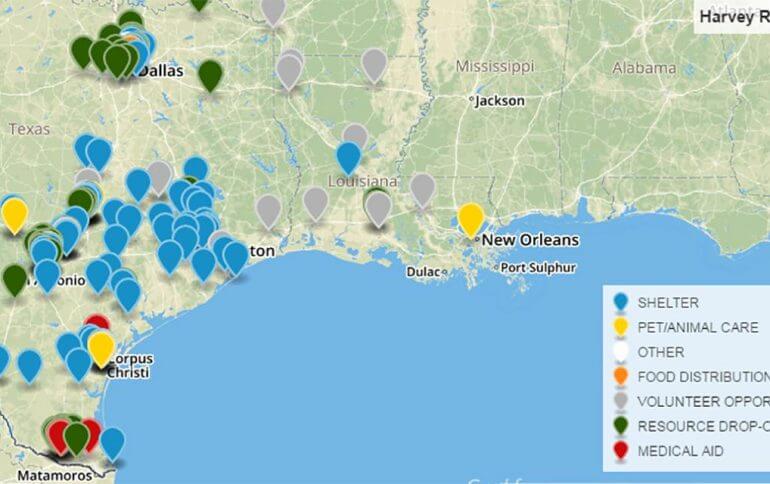
Days before the arrival and subsequent devastation of Hurricane Harvey on Texas land, a social media frenzy launched encouraging Texas residents to prepare and stay safe during the dangerous weather. Local news outlets were tweeting articles on hurricane preparedness and weather expectations. Grocery stores were posting updates on the availability of water and other necessities on their shelves; Texans were turning to Facebook to reassure each other to stay strong and, most of all, to stay safe. So why do people turn to social media during natural disasters?
Throughout the storm, as things became more and more dire, people were losing power all across Southeast Texas. Instead of panicking and staying in the dark, many turned to social media to stay updated or to send out pleas for help. In times like these, it is clear social media is no longer simply used to keep in touch with family and friends. While the social aspect will always be part of social media, the various platforms are also used these days for several more serious reasons, like spreading information quickly to save lives.
ENCOURAGES PREPAREDNESS
Just before Hurricane Harvey hit, it became clear to Texans that something terrible was coming. Local news stations were working hard to make sure people understood the seriousness of the situation and were prepared for the worst, as they tweeted out things like hurricane preparedness safety tips, information regarding hurricane warnings versus hurricane watches, and more:
PROVIDES LIVE AND QUICK UPDATES
During a natural disaster (and most other times) people want their news now, and they want it delivered short and to the point. Social media provides live news and quick updates. Whether it’s a snapshot of the weather radar, a GIF of how a hurricane is progressing, or a graphic with emergency numbers displayed, news outlets have learned how to quickly get their point across.
Social media is especially important for people who lose electricity during the storm. When a power outage hits, users immediately turn to their phones in order to stay on top of breaking news, emergency warnings, and evacuation notices from news sources and disaster relief outlets.
COMMUNITY BONDS
One of the greatest benefits of using social media during a natural disaster is the sense of community formed. Displaying disasters such as Hurricane Harvey on social media outlets has the power to prompt volunteers where to go to help and generate donations from people directly and indirectly involved.
HELPS WITH RESPONSE AND RELIEF EFFORTS
During Hurricane Harvey, there was an influx of people pleading for help over Twitter, Facebook, and Snapchat. Despite repeated requests to avoid posting on social media for help from the U.S. Coast Guard, victims and their loved ones were posting photos and addresses on various social channels hoping someone would come and save them, and for some, it worked.
Hurricane victims weren’t the only ones turning to social media for help. On Sunday, Houston police looked to Twitter users, tweeting out a request for help from those who could volunteer with a boat. Volunteers were urged to call and set up arrangements to work with the police on rescue efforts, leading to hundreds of saved lives.
CONNECTS MISPLACED FAMILY MEMBERS
Victims of natural disasters are increasingly turning to social media to mark themselves safe on Facebook to keep loved ones near and far from worrying about their wellbeing.
For those that don’t mark themselves safe, concerns arise. Some turn to Facebook and social outlets to get the word out that a loved one is officially missing, or hasn’t been heard from. In the case of Hurricane Harvey, many posted in community-run Facebook Groups created to account for nearby residents. Others even sent private messages to local fire departments with addresses of those unaccounted for in hopes to initiate a search or rescue.
ASSES AND GAUGES THE DAMAGE
After the storm begins to clear and the water starts to recede, the work has only just begun. Social media platforms provide personal insight into the horrific damage natural disasters cause, allowing those affected by the flood damage, wind damage, and other natural disaster issues to share just how dire the days were. Residents with flooded homes are turning to each other for supplies, advice, and emotional support. Hurricane Harvey damage as told by social media.

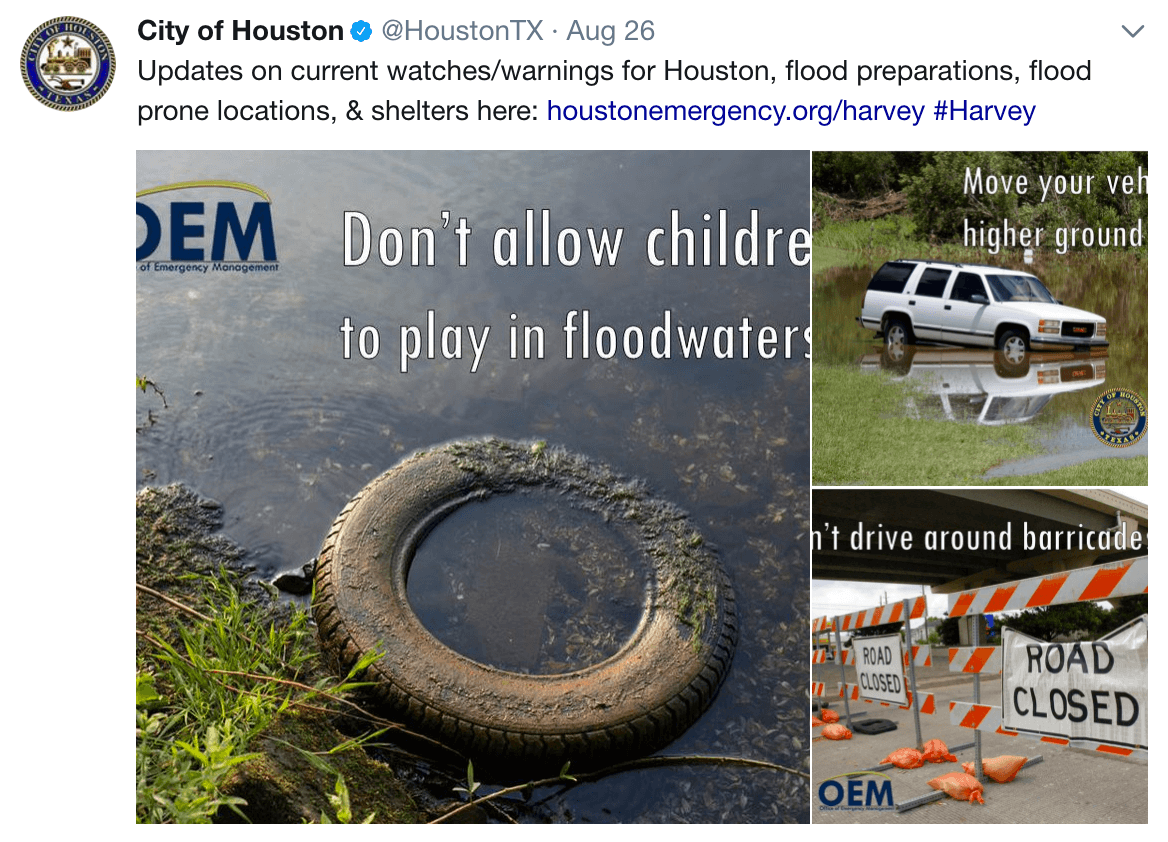
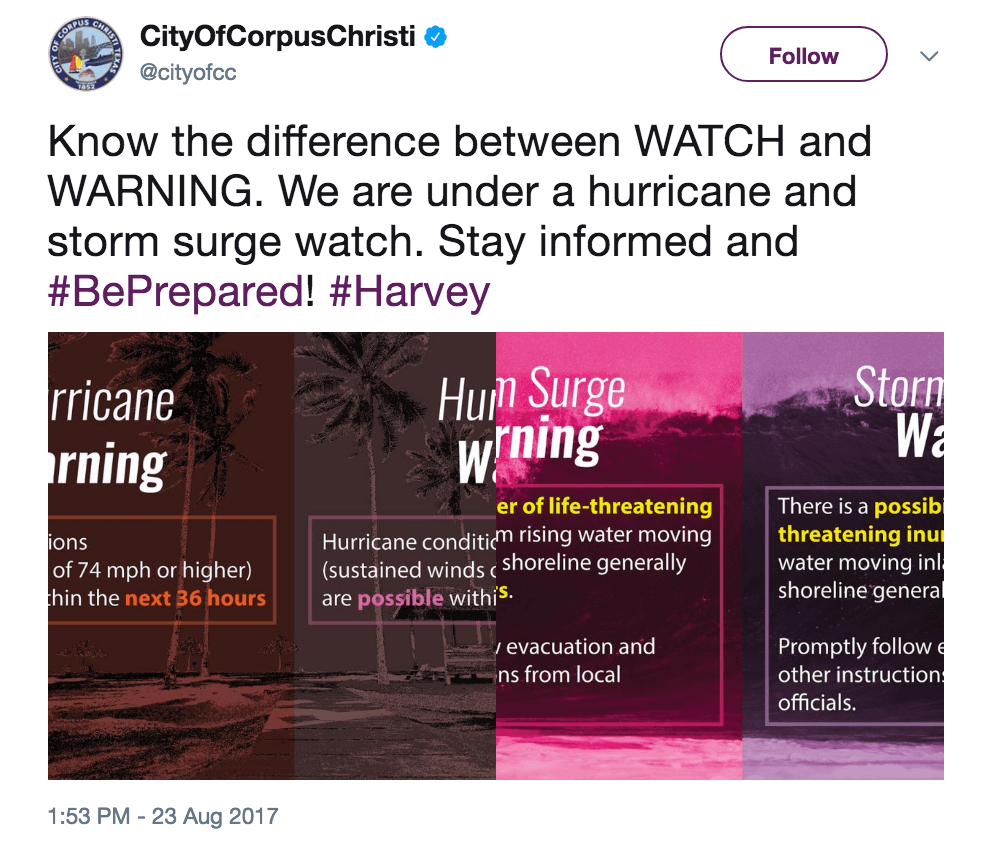
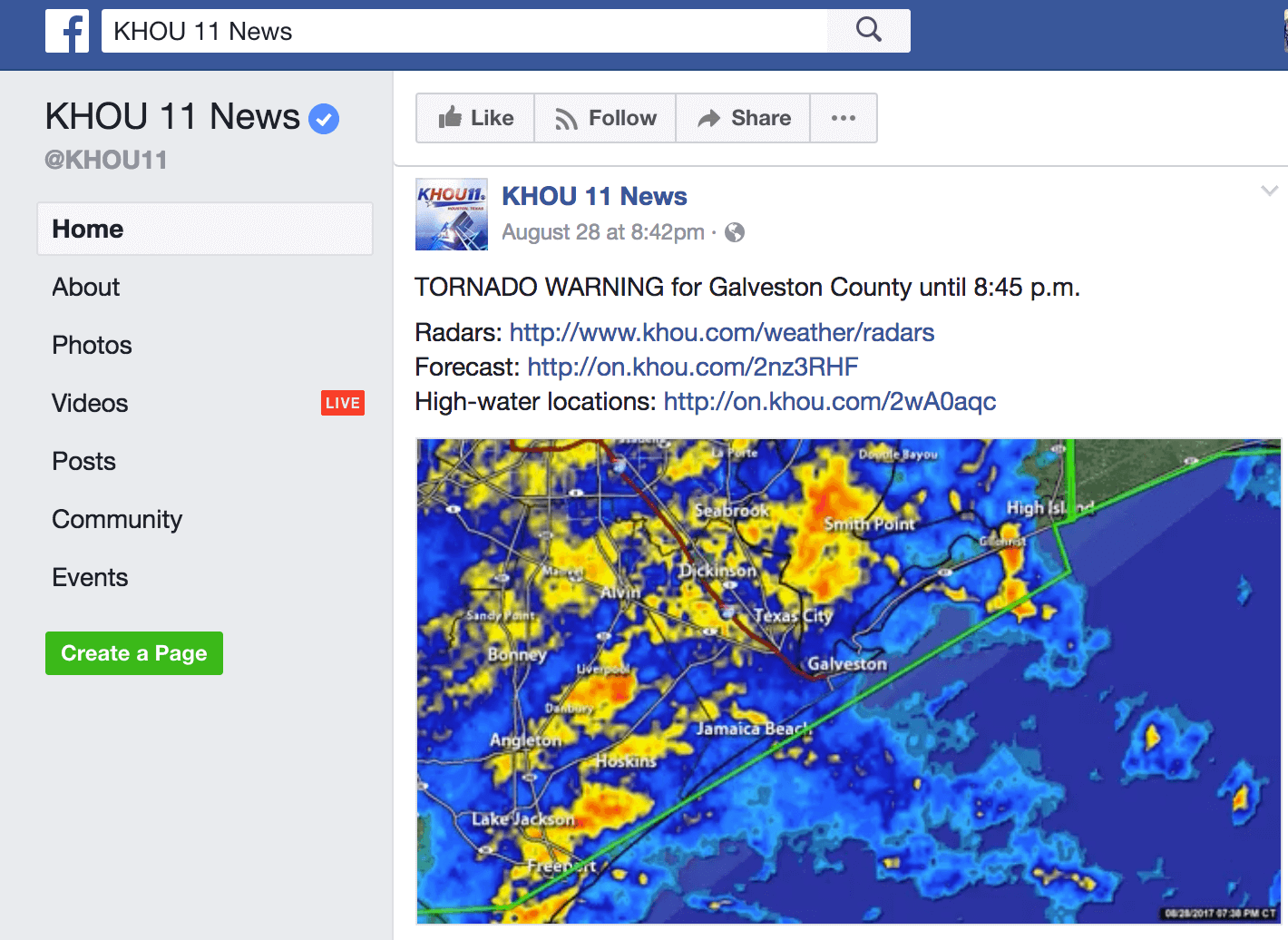
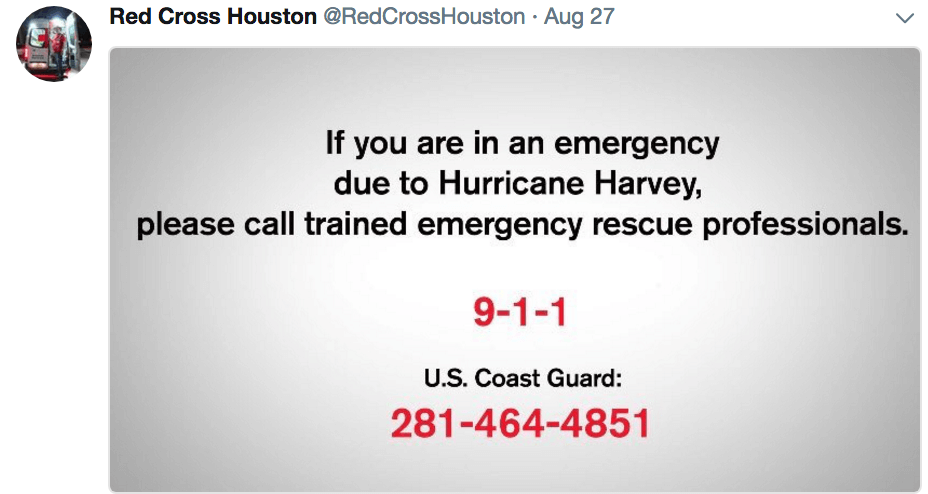

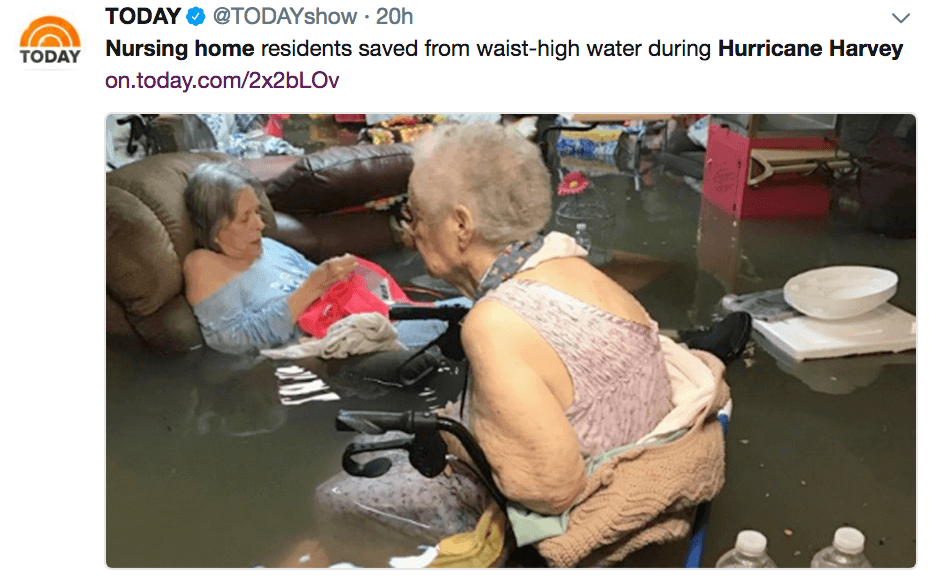











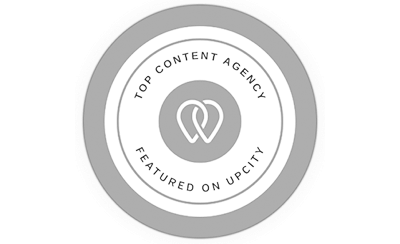

Leave a Comment